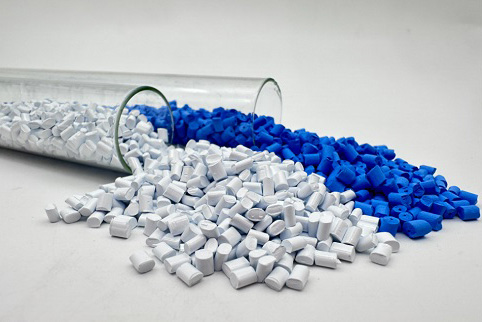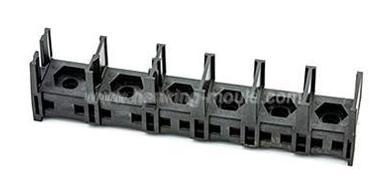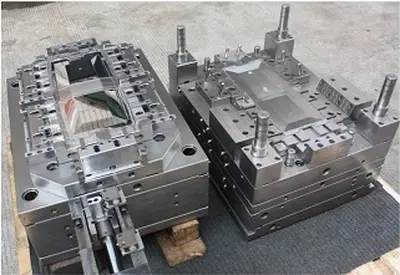The visual allure of a product significantly influences how consumers perceive its intrinsic qualities and their purchasing decisions. A product's attractiveness largely relies on its visual elements, including appearance, shape, and color. To achieve harmonious and appealing hues, various coloring techniques are commonly applied. In the plastics industry, plastic coloring holds vital importance, and color masterbatch serves as a frequently used raw material for coloring plastic products during injection molding.
Next, we will explore the specifics of color masterbatch in injection molding to enhance the coloration of plastic items.
Masterbatch, a colorant for polymer materials widely used in plastics, is a pigment preparation comprising pigments/dyes, carrier resin, and additives. Its primary function is to disperse concentrated pigments uniformly into resin, forming a pigment concentrate that mixes easily with base polymers during processing. This ensures efficient and consistent coloring of
plastic injection mold products.
During masterbatch production, pigments undergo refinement to improve their dispersion and coloring power in the final product. The carrier material is selected for compatibility with the target plastic, enabling optimal pigment particle dispersion in molten plastic during heating.
Direct pigment use exposes them to air, causing issues like water absorption and oxidation. However, pigments embedded in masterbatch are protected by the carrier material, minimizing exposure to air and moisture to maintain chemical stability and long-term performance.
Color masterbatch particles resemble resin particles, allowing convenient and precise measurement. Their compatibility with resin prevents sticking during mixing, promoting uniform dispersion and enhancing color stability in the final product.
Using color masterbatch is straightforward: mix it with resin pellets in the specified ratio. Common resins include polyethylene (PE), polypropylene (PP), polyvinyl chloride (PVC), polystyrene (PS), acrylonitrile butadiene styrene (ABS), etc. Each resin’s characteristics (melt flow index, processing temperature, chemical composition) affect its compatibility with masterbatch.
The closed system formed by pigments dispersed in carrier resin allows long-term storage without degradation. However, storage conditions significantly impact quality. Storing masterbatch in a dry, cool environment is recommended to prevent moisture absorption, oxidation, and other adverse effects. Proper storage—protecting from heat, humidity, and direct sunlight—preserves its quality for consistent coloration.
When the same formula and raw materials yield products with color differences due to different equipment, several factors may be at play:
Process Parameters: Check and adjust equipment parameters to ensure consistency, as relying solely on display values is insufficient.
Heat Resistance of Colorants: If color differences persist after parameter adjustment, investigate the temperature resistance of pigments to resolve heat-related variations.
Color streaking arises from uneven pigment dispersion in plastic, caused by:
Inadequate mixing during compounding.
Incompatibility between pigments and base resin.
Improper processing conditions (temperature, shear rate).
Inconsistent melt flow or temperature distribution.

Solutions include:
Optimizing mixing processes for uniform pigment dispersion.
Adjusting processing parameters (temperature, screw speed, residence time).
Ensuring pigment-resin compatibility through testing.
Implementing rigorous quality control for color consistency.
While masterbatch often raises costs, it can be more economical than powder pigments in some cases:
Cost-Effective Coloring: Combining lower-priced pigments in masterbatch can mimic the appearance of expensive ones, reducing costs.
Waste Reduction: Masterbatch’s consistent formulations minimize trial-and-error waste compared to powder pigments.
Premium Pricing: Products colored with masterbatch command higher prices due to superior aesthetics and color consistency, offsetting costs.









 Call us on:
Call us on:  Email Us:
Email Us:  No.23, XingYi Road, Wusha Community, Chang'an Town, Dongguan City, Guangdong Province, China.
No.23, XingYi Road, Wusha Community, Chang'an Town, Dongguan City, Guangdong Province, China.